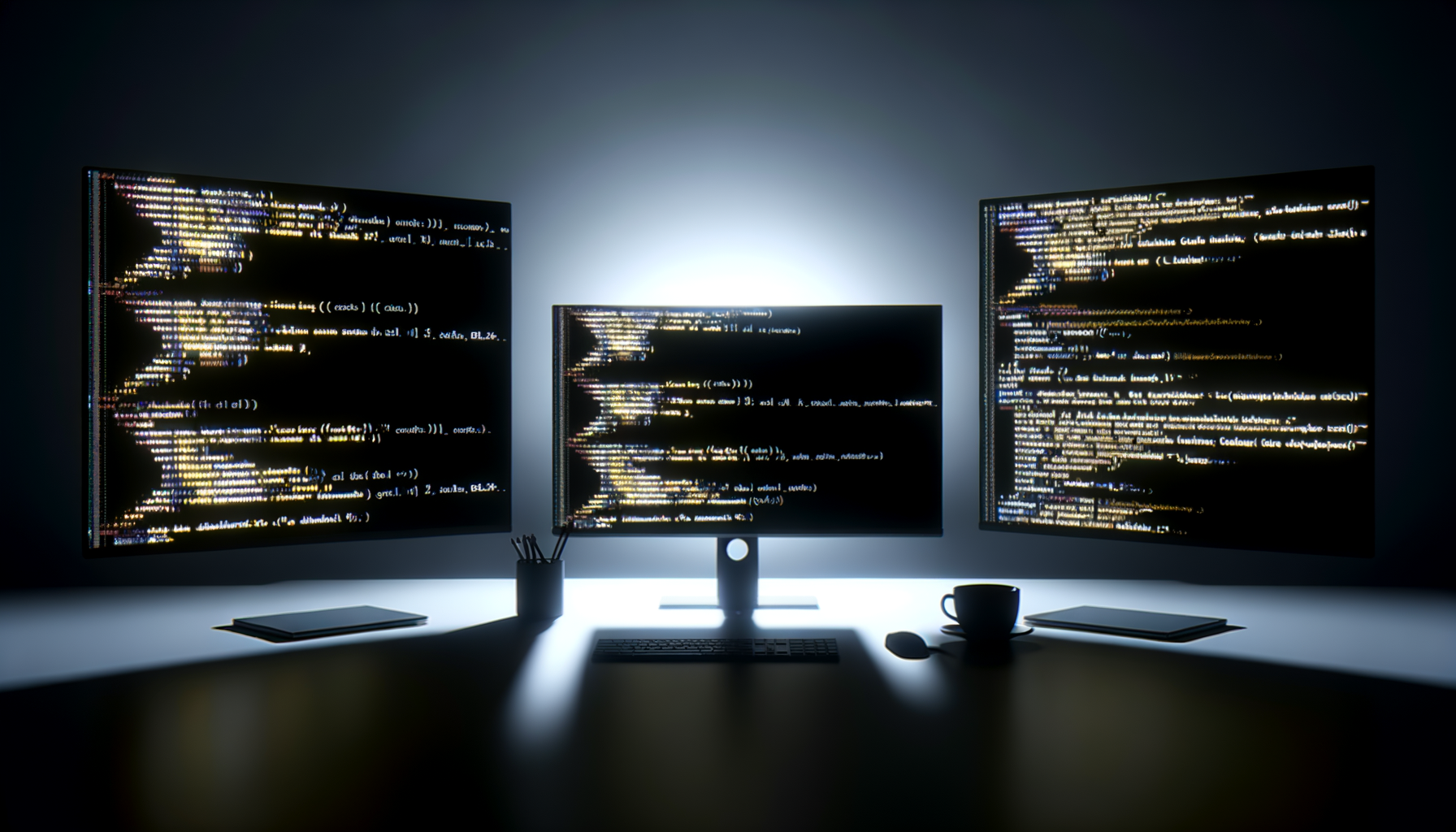Is your company already falling behind? The rise of agentic AI and hyperautomation in 2025 is rewriting the rules of digital operations, and traditional bots may be on borrowed time.
Traditional Workflow Bots: Useful, But Fatally Limited
Since the dawn of Robotic Process Automation (RPA), digital workflow bots have been the backbone of process efficiency in many organizations. Their allure was obvious—deploy rules-driven software, watch tasks complete themselves, and deliver quick ROI without deep system changes.
But by 2025, something fundamental has shifted. Static bots, built to follow deterministic scripts, are unable to handle the ambiguous, rapidly shifting digital realities organizations face today. They’re brittle. They break at minor process changes. They lack intelligence, autonomy, and adaptability.
The Glaring Flaw in RPA-Driven Automation
Maintaining yesterday’s bots means locking your organization into yesterday’s mindset.
CIOs have noticed: the upkeep costs, hidden inefficiencies, and diminishing returns on rule-based bots all mount over time. Legacy bots become a tangle of technical debt, brittle integrations, and manual workarounds. You’re not automating complexity; you’re masking it—at the cost of agility and innovation.
Agentic AI: A Paradigm Shift
Enter agentic AI—systems designed not just to execute predefined scripts, but to perceive, reason, decide, and act as autonomous agents within their digital environments. They can parse intent, adapt to novel data, negotiate goals, and even collaborate with other agents or humans. Think of them not as bots, but as colleagues empowered with machine intelligence, capable of navigating ambiguity and learning continuously.
What Makes Agentic AI Different?
- Autonomy: These systems make unsupervised decisions based on learned experience, not just if-then logic.
- Proactivity: They anticipate needs, identify improvement opportunities, and can reconfigure their own workflows in response to changing objectives.
- Goal-Orientation: Rather than blindly following stepwise rules, agentic AI optimizes for outcomes, weighing trade-offs like a skilled worker.
- Collaboration: They can interact meaningfully with humans and other digital agents, negotiating handoffs and resolving conflicts.
With advanced natural language understanding, explainability, and context awareness, agentic AI doesn’t just follow processes—it adapts and improves them.
Hyperautomation: The Catalyst for Radical Change
If agentic AI is the brain, hyperautomation is the nervous system—integrating AI, machine learning, RPA, iPaaS, process mining, and analytics into a cohesive, adaptive automation fabric.
Why ‘Incremental’ is Now Obsolete
Hyperautomation doesn’t settle for patching one process at a time. It ingests, analyzes, and optimizes entire systems at scale, orchestrating agentic AI and advanced automation in real-time.
- End-to-End Visibility: Every process touchpoint is mapped, monitored, and measured.
- Continuous Optimization: AI-powered tools spot bottlenecks, inefficiencies, and anomalies, then suggest or implement rapid improvements autonomously.
- Adaptive Governance: Human-in-the-loop oversight is built in—not just as compliance, but as a dynamic control layer ensuring responsible, context-aware automation.
The Payoff: Real-World Gains—But New Pressures
The business impact is seismic: analysts tracking early 2025 deployments report reductions in cycle times (up to 65%), major decreases in process exceptions, and quality improvements across customer support, finance, legal, and supply chain.
Agentic AI and hyperautomation make traditional task bots look like spreadsheets compared to modern ERP.
But there’s a catch. As workflows become more autonomous, organizations face urgent new risks:
- Opaque Decision-Making: Fully autonomous agents can be hard to audit—who’s responsible when things go awry?
- Security Exposure: Every new intelligent agent is a potential attack surface or data risk.
- Bias and Ethics: Agents may inherit or amplify unwanted patterns unless continuously monitored and corrected.
- Systemic Fragility: Overconnected agent networks could propagate errors, causing failures that legacy bots never would have touched.
2025 CIOs: Rethink Responsibilities and Safeguards—Now
This is not just a transition from old bots to new ones. It’s an overhaul of automation philosophy:
- Principled Autonomy: Move beyond code—embed values, guardrails, and continuous oversight in every agentic AI deployment.
- Transparent Architecture: Ensure explainability at every level. Decisions must be traceable, reversible, and open to human scrutiny.
- Security by Design: Integrate zero-trust security at every point where agents interact with data or systems.
- Multi-Level Testing: Don’t rely on sandboxes alone—stress-test agents in live, multi-agent settings to detect emergent risks.
- Organic Workforce Integration: Prepare human teams for deep collaboration and new kinds of oversight responsibilities. Automation is no longer a back-office utility; it’s part of the core business nervous system.
What Does the Future Hold?
Agentic AI and hyperautomation will not just make businesses faster—they’ll make them adaptively intelligent, able to sense, reason, and optimize in real-time at previously unimaginable scale. The organizations that thrive will be those that redesign their automation strategies around agency, transparency, and ethical foresight, not those that cling to brittle, rule-bound workflow bots.
The age of deterministic automation is over. In 2025, your digital organization must learn to think and act autonomously—because your competitors definitely will.
The workflow bots that shaped the last decade are obsolete; CIOs who embrace agentic AI and hyperautomation—safeguarded by new governance—will shape the next.





